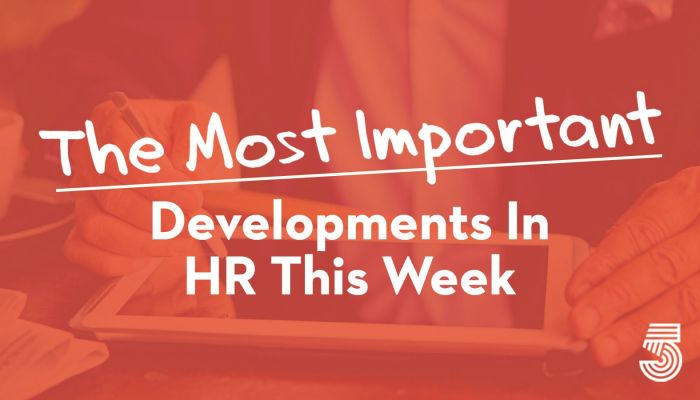The M.I.D., as we call it, is curated by our editorial team from more than 50 news sources. Like a lot of good ideas, this started as something I wanted for myself. If I can’t read everything, I at least want to stay abreast of the most important developments.
This week in HR, workers reported no backlash for not returning to the office, pay disparity was discussed, older workers thought about delaying retirement in the face of a recession, degree requirements became a culprit in the hiring miasma, and Deloitte thought learning should start with empathy.

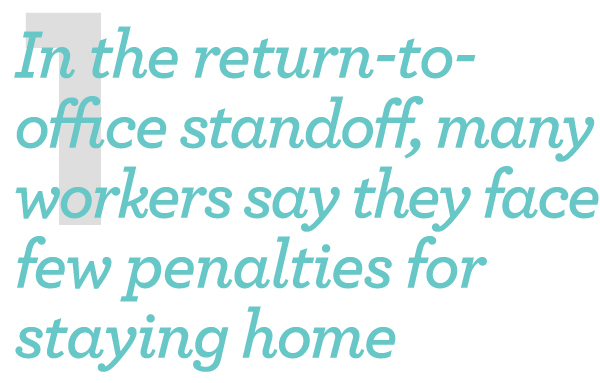
Called back to the office and don’t want to go in for all the requested days? The consequences for opting out may not be as bad as you think. The latest iteration of one of the largest and most widely respected surveys of U.S. residents about remote work, released Monday, asked workers what their employers did to those who worked on business premises fewer days than expected. The most common answer? Nada. Zilch. Nothing. Some 35% of employees gave that response in the latest update from WFH Research, a survey project started in May 2020 that tracks working arrangements and attitudes and collected 7,500 responses in June. Nineteen percent said they received only a verbal reprimand. Layoffs may be mounting and strict return-to-work policies may seem like a way to weed out those who prefer working from their sofa as economic concerns grow. But the survey from WFH Research, as well as another major report on sentiment about remote work released Tuesday, find that employees want to work remotely more than ever — and may not always face consequences for doing so. Forbes

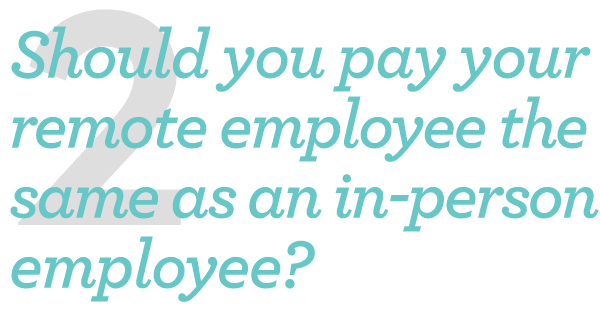
In the wake of the pandemic and the shift to virtual work, figuring out how much to pay employees has become harder. It used to be so simple. As an employer, you could look at what similar companies in your industry and region were paying people in similar positions. The assumption was that while employees might move for a new job, there were enough barriers in place that setting pay levels based on geography worked well. Then the pandemic changed everything. While some remote jobs existed before the pandemic, we’ve seen an explosion in the number of people interested in working from home — even if the home is hundreds, or even thousands, of miles away from the company headquarters. You might have a computer programmer living in Iowa working for a Silicon Valley company. These situations create new challenges because you can’t compete to keep this employee in-house if you insist on paying average wages in Iowa. It would help if you were willing to look at more of the national average for the position as your new baseline. Otherwise, the programmer can go work for another company willing to pay them more without the need to move. Inc.

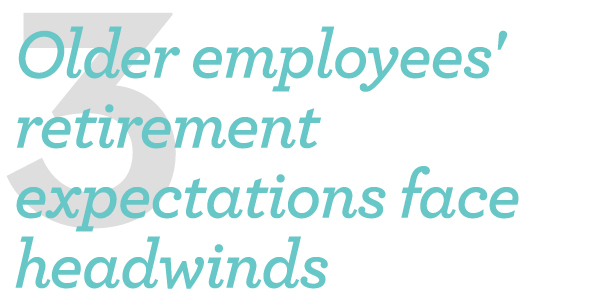
Retirement confidence is down, with fewer workplace savers seeing themselves on track to retire when they had planned, recent employee surveys show. According to a July 2022 report by investment management firm BlackRock, for instance, workers’ outlook on retiring has seen “a reversal from the last few years where confidence remained steady and even increased.” Most workplace savers now say they’re unsure about the economic outlook, given an inflation rate that rose 9.1% year over year in June. Adding to their uncertainty was a steep decline in stock market values this year, with the benchmark S&P 500 index plummeting nearly 20% from January through May before improving a bit to notch a 16% decline in 2022 as of mid-July. SHRM

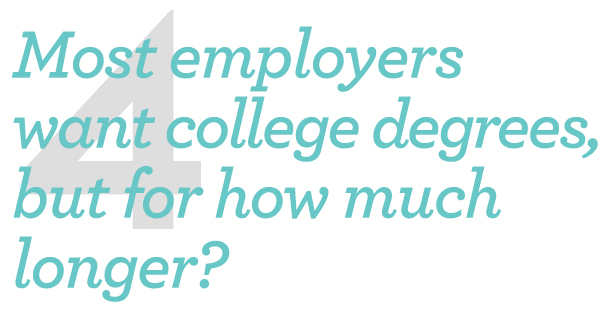
College degrees still matter to employers. And while that might be a great sign for higher education, it might not be the best measure to solve the jobs crisis in America. The new Employability Report released by Cengage Group shows that 62% of all employers surveyed still believe a degree is a must-have for their candidates, despite the fact that less than 40% of all adults in the U.S. have a bachelor’s degree and many have the skills to do the required work via other credentials. The report, which highlights the requirements and needs of employers through 1,000 hiring managers, shows that two-thirds are being handcuffed by their own degree requirements and therefore failing to fill positions. Cengage researchers note that half of all recent graduates won’t even apply for entry-level positions because they don’t feel qualified. Extensive qualifications and job descriptions are likely additional turn-offs. Only 10% of managers said they openly tell candidates they do not require degrees for positions. HRE

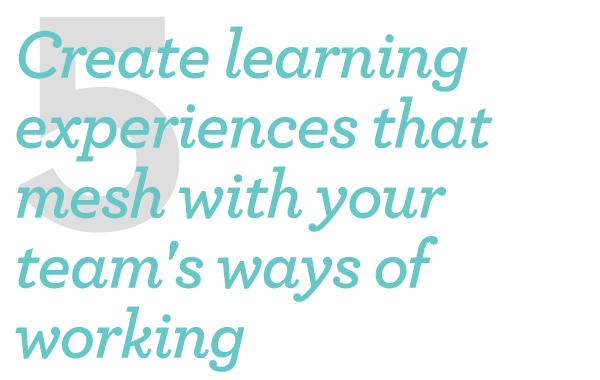
It’s easy to make a theoretical case that learning should be part of the work — and work should be where the learning happens. But to make that happen, learning and development (L&D) professionals need to understand who is doing the work, what they are creating, and which methods they are using to do it. This understanding ensures the learning opportunities offered are relevant to the worker’s situation and challenges. Human-centered design methods allow practitioners to directly observe the where, when, and how of the target audience’s work. This observation is important, as the Interaction Design Foundation cites neuroscience research demonstrating the brain activity of observers resembles that of those being observed, leading them to conclude humans are “hard-wired for empathy.” How to act on that? Observe workers in their environment and analyze any data available about the work and team interactions. Deloitte Insights2Action






